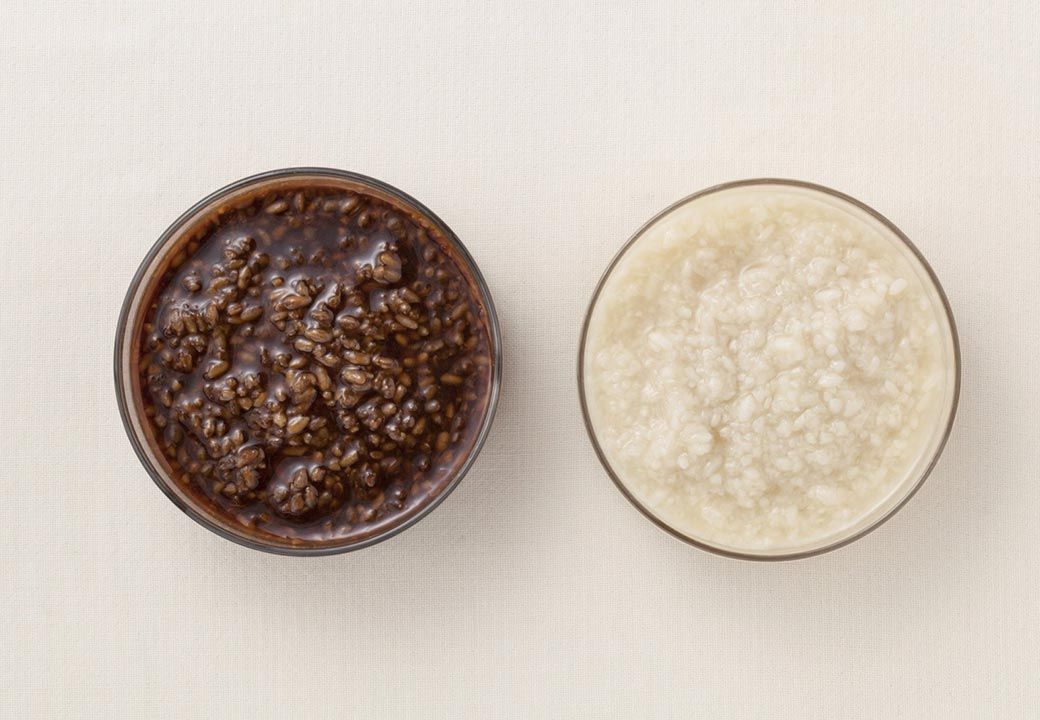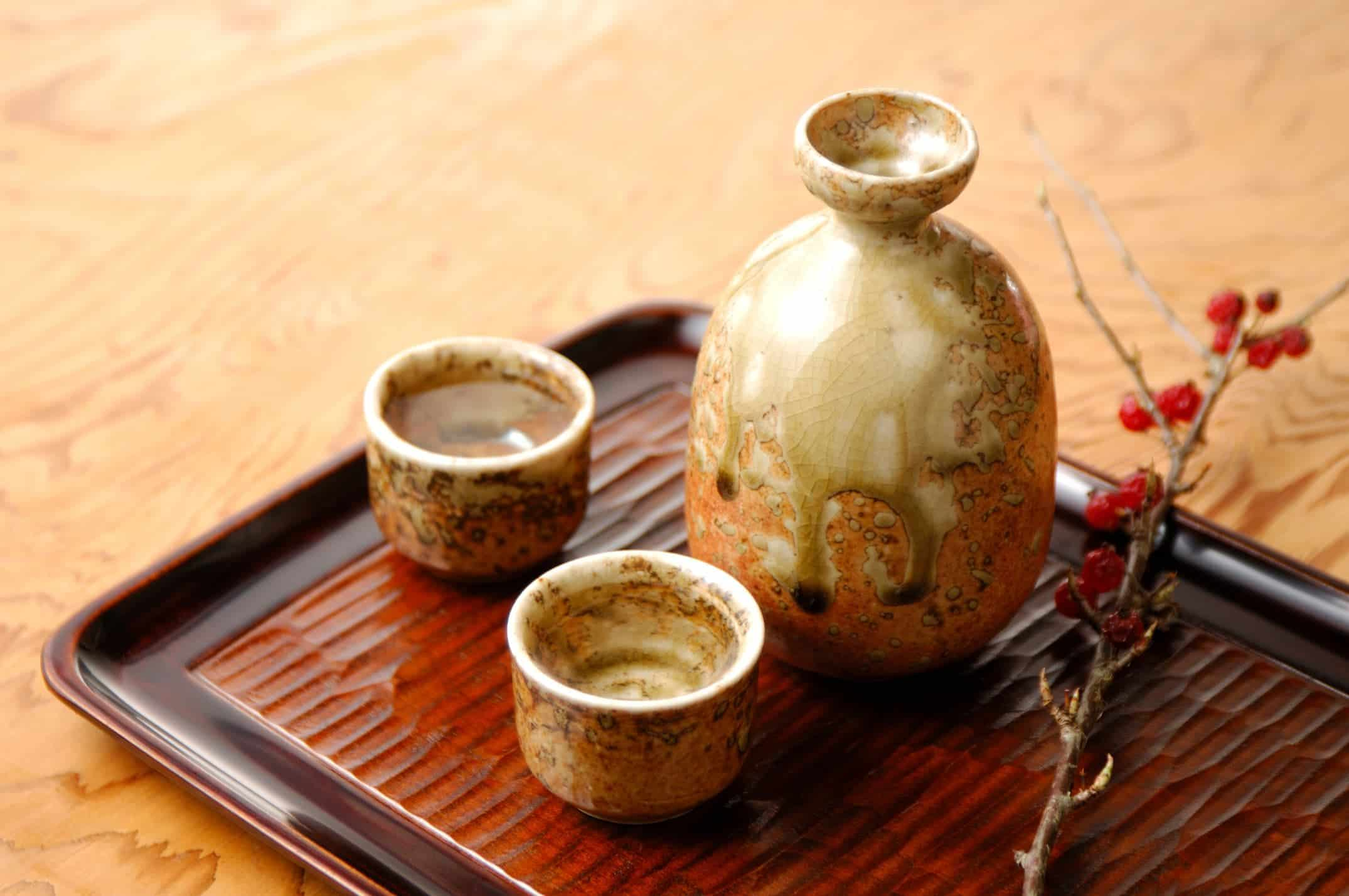
The Appeal of Japanese Sake, Spreading to the World
Sake made from rice and rice koji Japanese flavors spreading to the world
Japanese alcohol that is made primarily from rice and rice koji (malted rice). With the increasing popularity of Japanese food in recent years and the holding of Kura Master, a Japanese sake competition, in France in 2017, it is garnering attention all over the world. The biggest export destination is the U.S., followed by South Korea, China, and other Asian countries.
Made from high-quality rice and rice koji, Japanese sake is classified as Daiginjo-shu, Ginjo-shu, Junmai-shu, Honjozo-shu, and so forth depending on ingredients and brewing method, each with a different fragrance and flavor. Let’s take a look at the appeal of Japanese sake.
Creating diverse flavors through different ingredients and brewing methods

Sake made in Japan have a variety of tastes and fragrances according to not just the main ingredients of rice and rice koji, but also factors like the climate of the place where it is brewed. Japan is currently said to be home to more than 1,300 sake breweries, each making their own distinctive sake by sticking to the ingredients and brewing methods that they have developed over the years. Richly fragrant and deeply flavorsome, Japanese sake have a brand for each brewery, some of which have been introduced in media overseas.
Japanese sake is divided into “Specially Designated Sake,” which are categorized according to rice polishing ratio and ingredients, and other “Futsu-shu”(Regular Sake). “Specially Designated Sake” comes in the eight categories Daiginjo-shu, Ginjo-shu, Tokubetsu Honjozo-shu, Honjozo-shu, Junmai Daiginjo-shu, Junmai Ginjo-shu, Tokubetsu Junmai-shu, and Junmai-shu according to brewing method and ingredients, but these don’t imply any ranking of the sake’s flavor or value.
Daiginjo-shu, Ginjo-shu, Tokubetsu Honjozo-shu, and Honjozo-shu add distilled alcohol to the main ingredients of rice and rice koji, while no distilled alcohol is added to Junmai Daiginjo-shu, Junmai Ginjo-shu, Tokubetsu Junmai-shu, and Junmai-shu (the weight of distilled alcohol added cannot exceed 10% of the weight of the white rice).
Moreover, in addition to the addition or exclusion of distilled alcohol, they are categorized according to differences in rice polishing ratio (ratio to original weight in the process of polishing the surface layers of brown rice). It’s Daiginjo-shu and Junmai Daiginjo-shu if the rice polishing ratio is 50% or less, and Ginjo-shu and Junmai Ginjo-shu if it’s 60% or less. These are alcohols rich with “Ginjo-ka,” which is a fragrance unique to Japanese sake, that comes from the use of the traditional technique of Ginjo-zukuri (brewing under scrutiny). Tokubetsu Honjozo-shu and Tokubetsu Junmai-shu are sake where the rice polishing ratio is 60% or less or a special production method (explanation required) is used. Honjozo-shu and Junmai-shu is when the rice polishing ratio is 70% or less (Junmai-shu used to have the criteria of a rice polishing ratio of 70% or less, but it’s now allowed to brand a sake “Junmai-shu” as long as it uses rice and rice koji as ingredients).
All sake other than the Specially Designated Sake are referred to as “Futsu-shu.” There are types of Futsu-shu that have a rice polishing ratio of 70% or more, that use ingredients not used in Specially Designated Sake, and that have a distilled alcohol content higher than 10%.
Japanese sake are made to have diverse fragrances and flavors by way of different rice polishing ratios, production environments, and methods unique to the breweries. Seeing these differences as individual characters is one way of enjoying them. There are likewise diverse ways to drink sake, such as drinking it cool, at room temperature, or warm. The flavors and fragrances of sake are unlimited, with varying compatibility with foods and different ways of drinking. New ways of drinking have emerged in recent years, such as using it as a base for cocktail or making easy-to-drink sparkling sake by lowering the alcohol content. Being able to try different kinds and finding your favorite brand, that’s one of the appeals of Japanese sake.
“THE JOY OF SAKE”, a global sake event that started in the U.S.
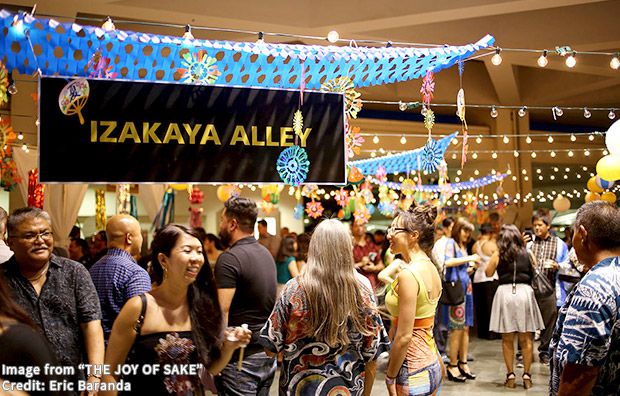
The sake event“THE JOY OF SAKE” started in Hawaii in 2001 and has contributed to the growing popularity of sake across the U.S. It is a sake tasting event where the general public is introduced to sake exhibited at the U.S. National Sake Appraisal, which is the oldest such event outside Japan. It has to date been held in Honolulu, San Francisco, New York, Tokyo, Las Vegas, and London. It was to be held in New York and Honolulu in 2020, but this was postponed to 2021 due to the novel coronavirus pandemic (hereinafter, COVID19).
Nearly half of the sake on display at the venue are Daiginjo-shu, and there are many brands that are not sold in the U.S. or the U.K. The event is becoming more and more well-known by the year as visitors are able to taste high-quality appetizers from local top-grade restaurants.
The overseas popularity of Japanese sake is said to have a lot to do with the Japanese food boom in recent years, and there’s a growing number of Japanese brewers with breweries abroad. This time, we’ll introduce some popular sake from Japanese Food and Ingredient Supporter Stores in Vietnam and Hong Kong.
Ho Chi Minh, Vietnam “Sushi Kiyota” Japanese sake is especially popular among the wealthy
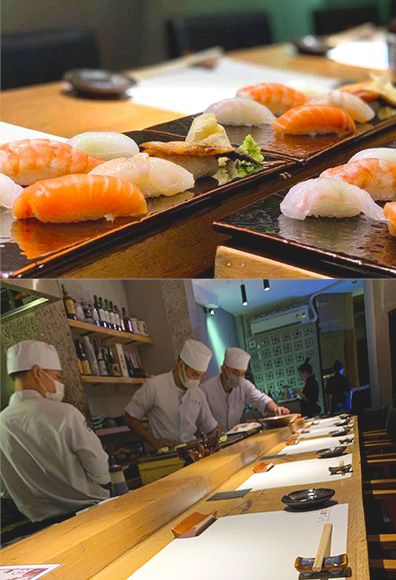
This restaurant opened on Phạm Viết Chánh Street, known as “the second Japan Town” in Ho Chi Minh, in 2017, so it has a convenient location only 10 minutes from the downtown by taxi. The initial target demographic was Japanese residents in Vietnam, but it’s now firmly rooted in the local area with 85% of customers being Vietnamese.
The restaurant manager Mr. Kiyota explains that, “The store name says ‘sushi,’ but I think a reason for our popularity is that we offer a wide variety of other Japanese foods too, such as flame-broiled and deep-fried dishes, sashimi, and Japanese omakase course meals.” When you enter the restaurant, you sense that they are trying to create an atmosphere that is Japan-esque as the staff speak Japanese with each other. Manager Kiyota ran a restaurant in Japan but fell in love with the warm climate and kind people when he visited Vietnam six years ago. He then opened this store with the determination to bring sushi, a dish that enjoys popularity around the world, to Vietnam.
Fruity and smooth Daiginjo-shu appears to be popular at this restaurant. Daiginjo-shu can be drunk both cold and hot, but many enjoy it cold as it enhances the refreshing flavor and fragrance. It also seems that many drink it in “ochoko” (small sake cups), which is the orthodox style for enjoying sake. Many of the customers are wealthy since the price range for the food is dozens of times higher than normal restaurants in Vietnam, but there also appear to be many in their 30s coming on their way home from work, on dates, or wanting to drink sake in Vietnam after enjoying it during a visit to Japan. Shochu and whiskey is produced domestically in Vietnam as well, but Japanese sake is still imported by sea.
Japanese Food and Ingredient Supporter Store
・Store name: Sushi Kiyota
・Store URLhttps://www.facebook.com/%E5%AF%BF%E5%8F%B8%E3%81%A8%E9%85%92%E3%81%8D%E3%82%88%E7%94%B0-Kiyota-Sushi-Sake-Restaurant-1211572788971428
・Tel: +84-34-555-7803
Hong Kong “Sake Bar GINN” Many customers “in the know” who specify brewer’s rice
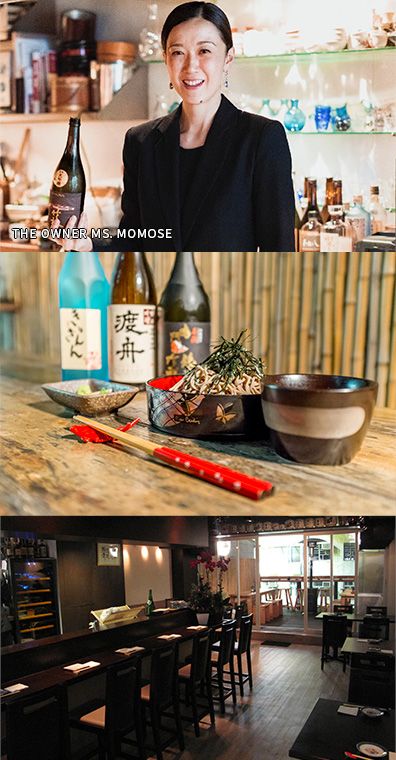
Sake Bar GINN opened in 2011, named so because its owner Ms. Momose “wanted to include something to do with Daiginjo-shu in the store name.” The reasons for moving to Hong Kong were that it’s closer to Japan than New York where she lived before, there’s no liquor tax, there’s no need for an import license to open a restaurant that serves alcohol, and local purchasing power is high.
Lan Kwai Fong in Central, where the bar is located, has many places where you can drink alcohol and is a popular area among young people, similar to Shibuya in Tokyo. Looking back, Ms. Momose says that, “I had no acquaintances or connections when opening the bar, so it was a lot of trouble. It was the year when the Great East Japan Earthquake happened, so it also wasn’t possible to get ingredients and sake from Japan as I would’ve liked.” My customers were mainly Japanese in the beginning, but nine years after opening, nearly 90% are now Asians from Hong Kong, Singapore, and elsewhere.
In the U.S., Japanese sake is often paired with Japanese food, while drinks like wine are commonly consumed with regular meals. In Hong Kong, though, there are those who visit the bar to drink the sake because they like Japan or drank it previously and became a fan. Because of the location, the majority are young people in their 20s and 30s, but some are passionate fans who can name the brands of the rice used to make the sake, making requests like “I’d like to drink Omachi* sake today” or “Do you have any sake made with Aiyama*?” Ms. Momose explained that she is constantly checking the latest information to be able to fulfill the requests of such customers.
* Both Omachi and Aiyama are sake rice brands.
Before COVID19, there were many dual income households in Hong Kong with children eating food prepared by a helper at home and the parents eating out being the established style. Some even eat out five times a week and open a 720ml bottle with every meal. Fragrant and refreshingly sweet easy-to-drink Junmai Daiginjo-shu appears to be popular in Hong Kong too.
In connection with Sake Day on October 1 in Japan, sake tastings and events featuring “prefectures” have been popular in Hong Kong. Sake Bar GINN regularly holds events where customers can taste soba made with flour from Azumino, Nagano together with Nagano sake or food and sake from Tokushima, which is known for Awa Dance. They also hold an event for tasting Hiyaoroshi, a sake heralding the arrival of fall, from late September through October (canceled for 2020 due to COVID-19).
The bar has a calm atmosphere and eight counter seats as well as table and balcony seats, frequented by many regular customers. More or less all ingredients are imported from Japan, the menu including things like soused mackerel and firefly squid.
Japanese Food and Ingredient Supporter Store
・Store name: Sake Bar GINN
・Store URL https://www.sakebarginn.com
・Tel: +852-2536-4355






